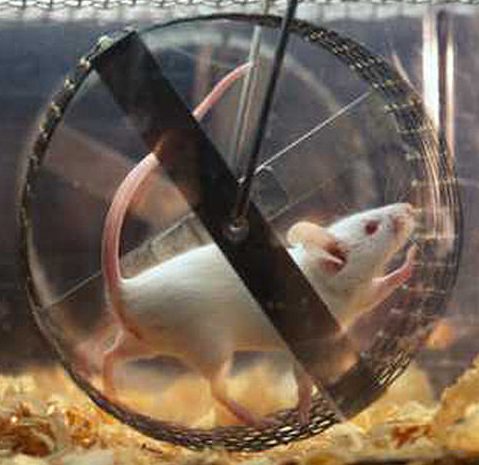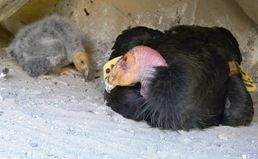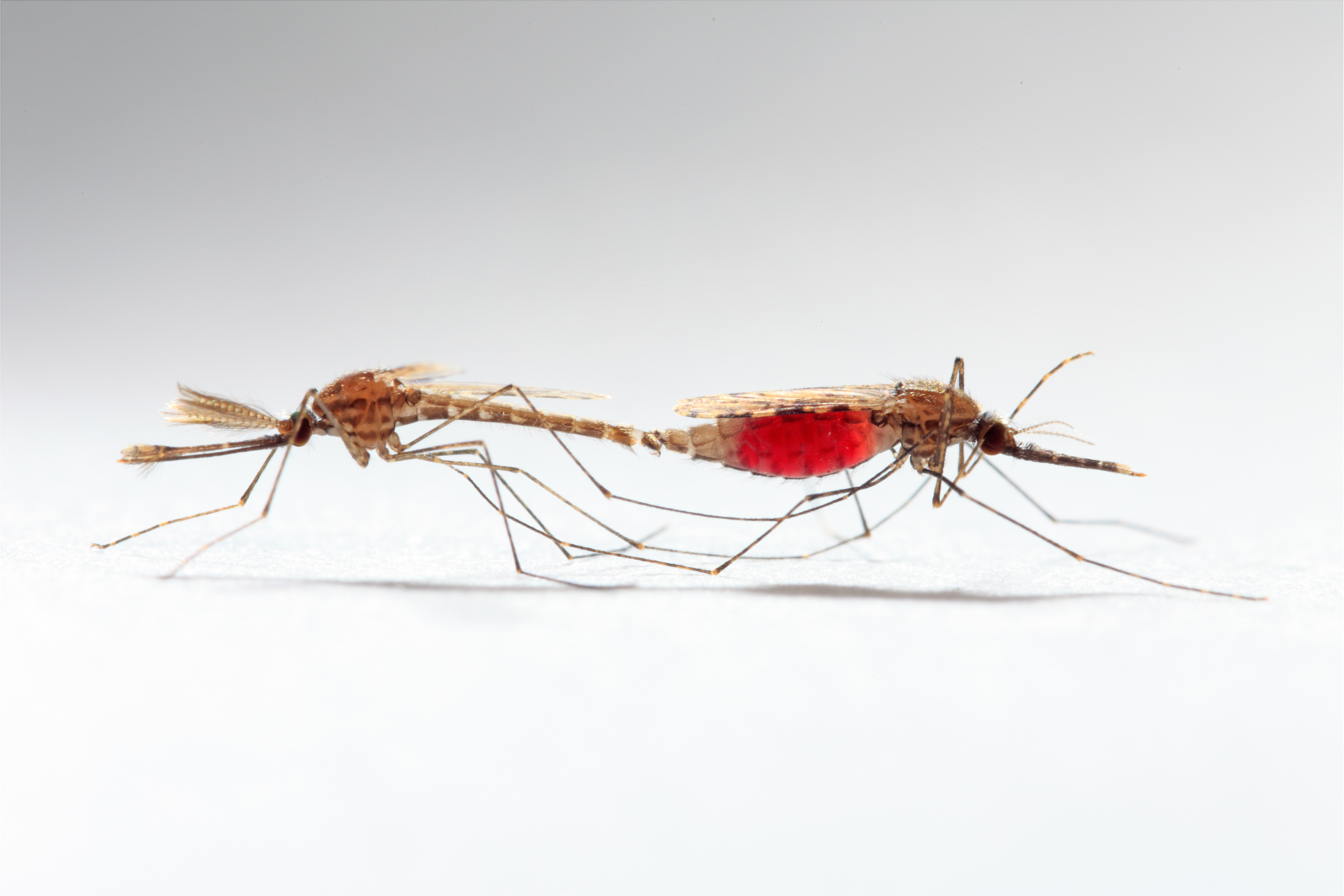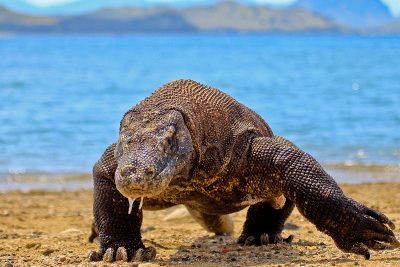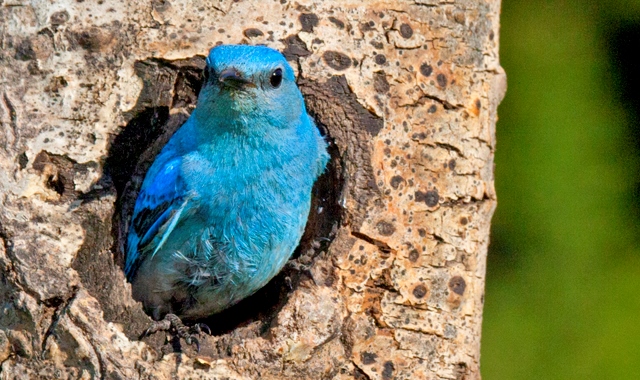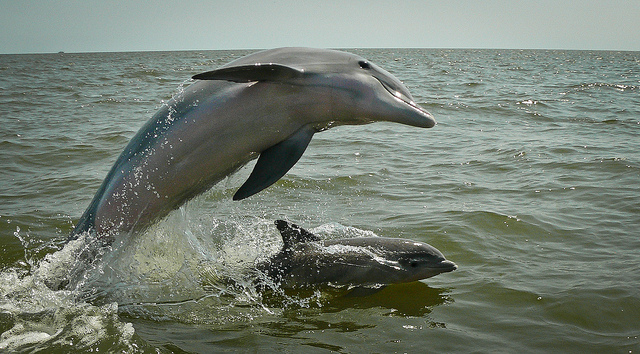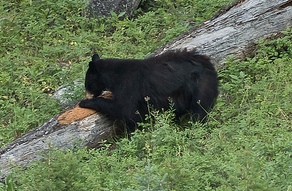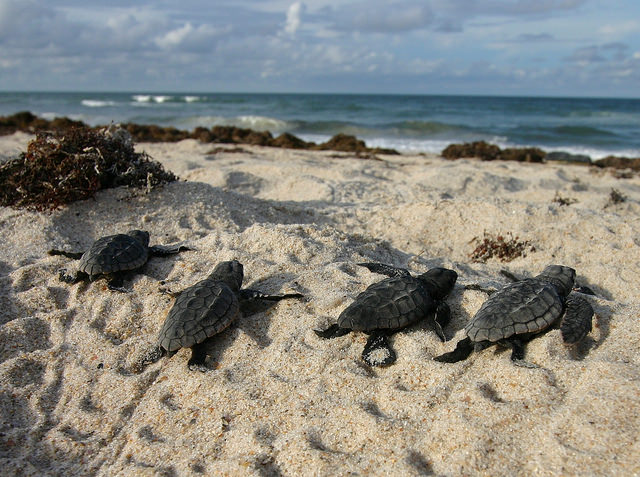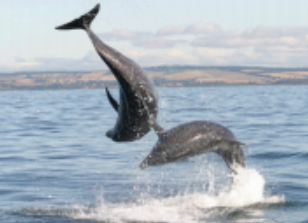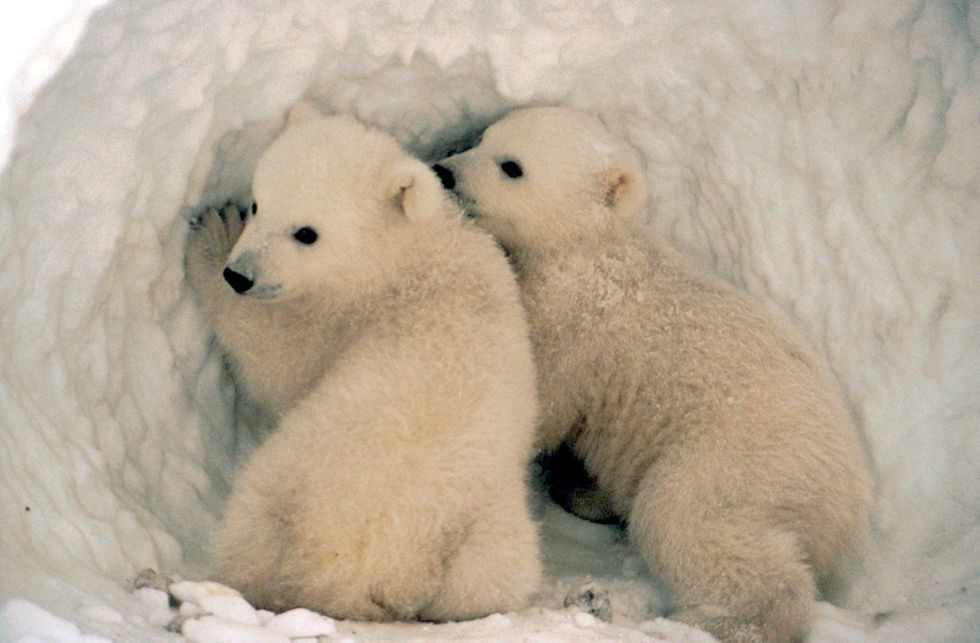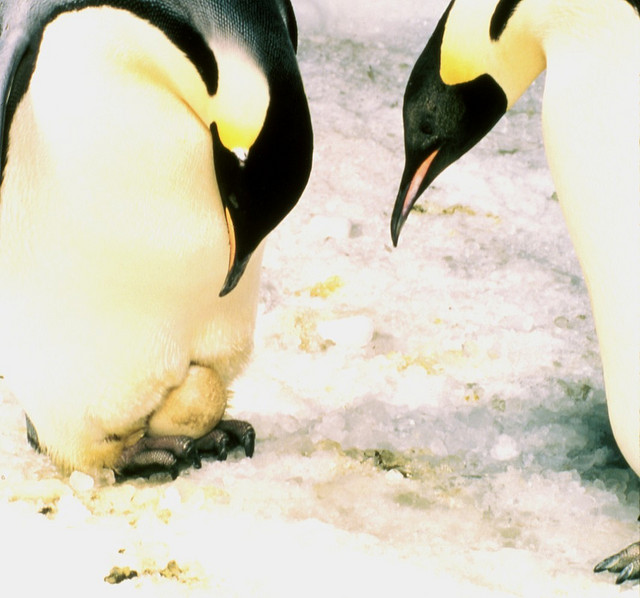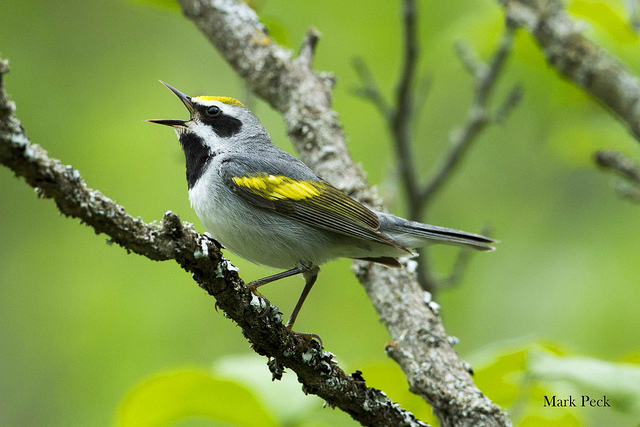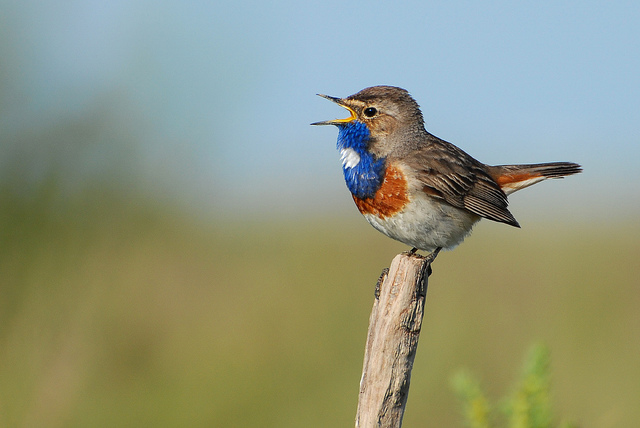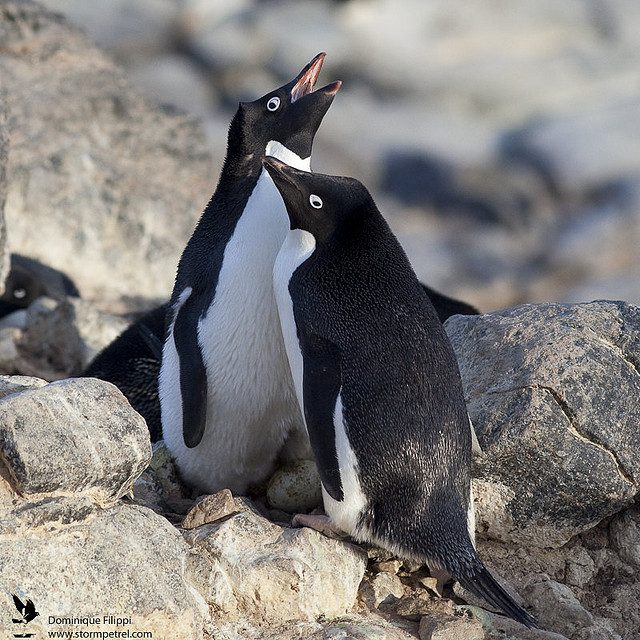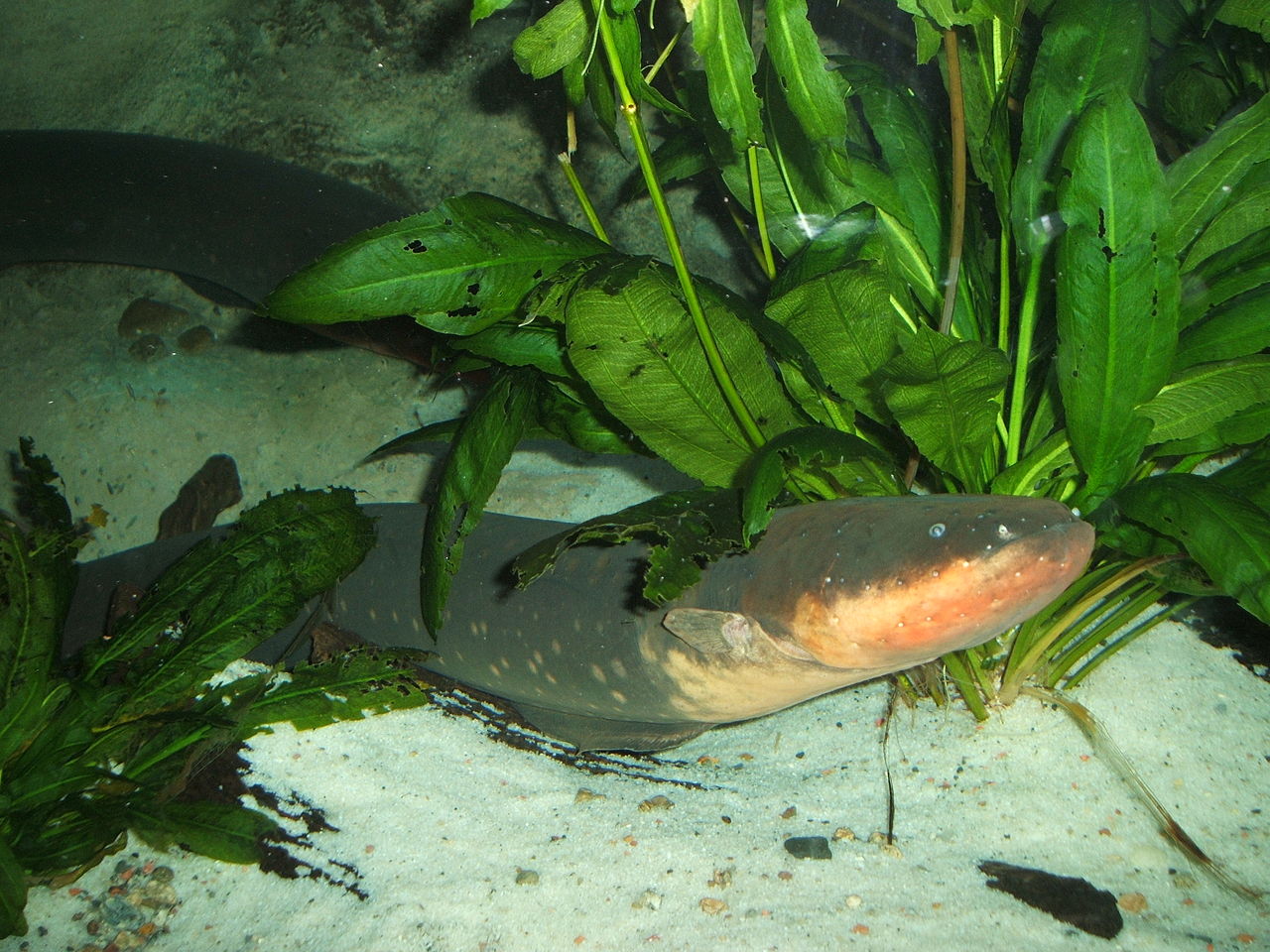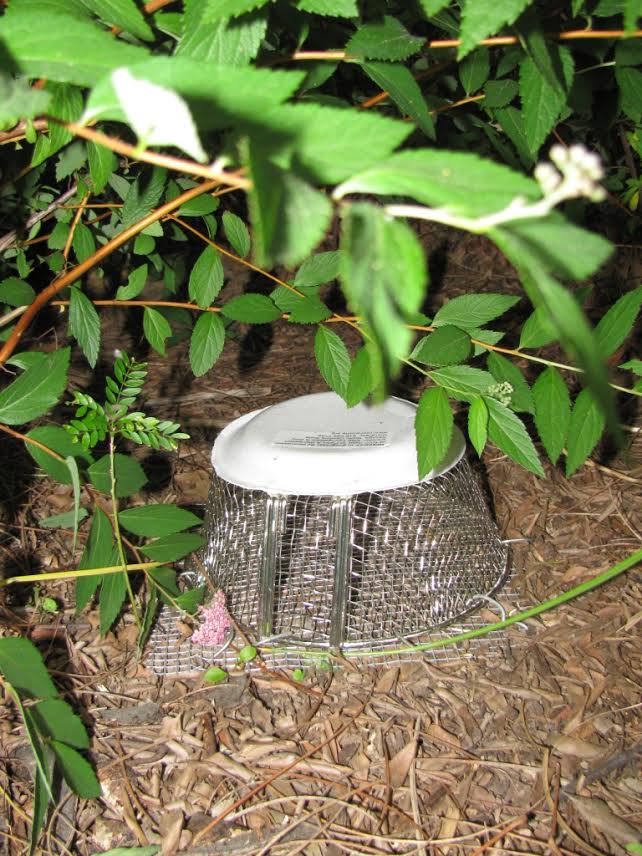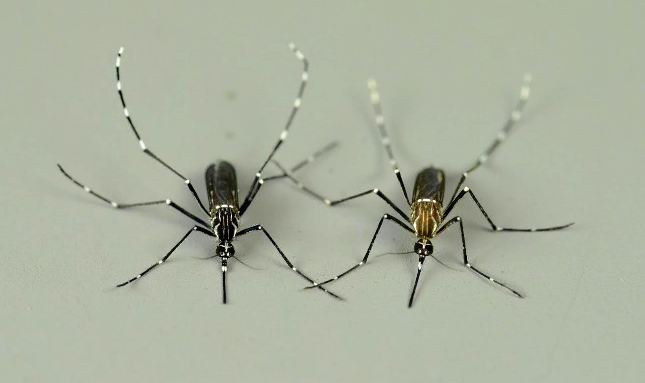LIFE ON THE EDGE
LIFE ON THE EDGE (Encore Presentation) - The challenges facing endangered California Condors when they return to the wild. Could armadillos help end blindness? How scientists can tell that sharks really are what they eat. Fuel from the sea. And, unraveling the mysteries of glowing blue slime.
Choosy Flowers
Some flowers may be able to reject pollen from non-optimal pollinators.
Mosquitoes, Mating & Malaria
The mating habits of malarial mosquitoes may help spread the disease.
SURVIVAL IN THE WILD
SURVIVAL (Encore Presentation) - Why female Komodo dragons die young, a whale that sounded like a person, and algae that flee their predators. Also: how the brain's insulation differs between us and chimpanzees, and why that insulation is so important to social development.
Bluebirds & Fire
Bluebird mothers control their sons’ ability to compete for habitat in post-fire habitat.
Dolphin Name Game
Each bottlenose dolphin makes up its own signature whistle early in life that functions much like a name.
Internal Brain Maps
To find their way around, animals have specialized neurons that fire in response to specific locations in the environment.
Avian Athletes
Scientists are learning from birds’ amazing metabolisms to help human athletes perform better on the ground.
Bears & Ants
Bears’ fondness for six-legged snacks is shaping a mountain ecosystem.
Magnetic Sea Turtles
Loggerhead sea turtles use the Earth’s magnetic fields to find their way back to the beaches where they were born, many years later.
High Flying Geese
The world’s champion high-altitude migratory bird uses a unique “roller-coaster” flight strategy to save energy,
Dolphins at Play
Dolphins’ seemingly adorable antics may not actually be all fun and games to them.
Polar Bear Genetics
Melting sea ice is has resulted in a recent northward shift in polar bear genes.
Penguins & Climate Change
Comparing the evolutionary histories of Antarctica’s penguin species may predict how they’ll respond to climate change.
Storm Detecting Birds
Some birds may use their excellent hearing to detect approaching storms.
Birdsong & Language Genes
Birds and humans share remarkable similarities in the expression of genes involved in vocal communication in the brain.
Penguin Genomes
Scientists have sequenced the genomes of two penguin species, revealing much about how they’ve adapted to inhospitable environments.
Shocking Eel Strategies
Electric eels use a unique strategy to take over their prey’s nervous systems.
Suburban Birds
According to a long-term study, the suburbs may actually be good for bird diversity.
Insect Sanitation
Insects may be helping to reduce rat populations in our cities.
Flying Without Wings
Some animals took to the skies long before the advent of wings.
Mosquitoes & People
Thousands of years ago, the mosquitoes that now transmit dengue fever made the switch from biting forest animals to seeking out humans.
Malaria Drones
Scientists use drones to see if environmental change boosts the spread of disease.


